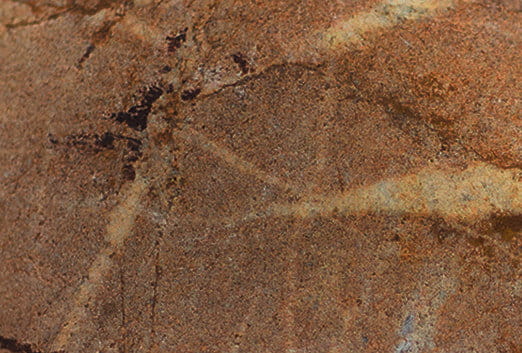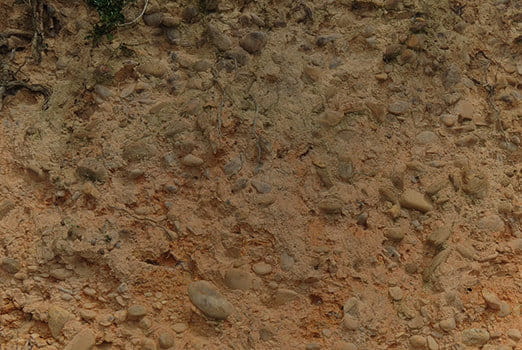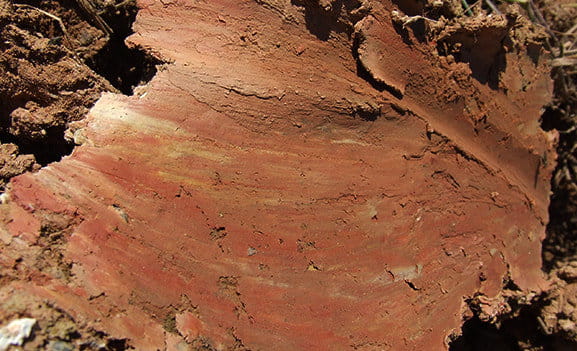Elected among the 10 greatest wines in the world, Alain Brumont has rehabilitated ancient terroirs abandoned for nearly 50 years.
1979
Alain Brumont inherits his father's 17 hectare vineyard: Château Bouscassé.
1980
Alain Brumont buys Château Montus. It was at this point that he decided that the Tannat grape had the potential to make outstanding wines.
1985
First vintage of Montus Prestige. The first Madiran to be made from 100% Tannat and to be aged entirely in new barrels; it is dubbed the "Petrus of Madiran" by top international tasters. Thanks to this Prestige cuvée, a qualitative revolution takes place in Madiran, and the appellation is propelled to the ranks of France's finest. Madiran regains all its nineteenth century splendour.
1988
Construction of the underground barrel cellar at Château Bouscassé (1200 m²). It is the first cellar of this type to be built in the South
1990
Always looking for new terroirs, Alain Brumont finds a perfectly located 10 hectare hillside covered in large pebbles, providing ideal conditions for the Tannat grape; it is from this plot that he will produce Montus La Tyre, the finest Madiran ever made!
1991
Alain Brumont is rewarded with the title of Best French Winegrower of the 1980s by French magazine "Gault-Millau", and several articles in the press rank him among the world's top winemakers.
1995
Construction of a new winery at Château Montus, baptized the "Tannat Cathedral"!






